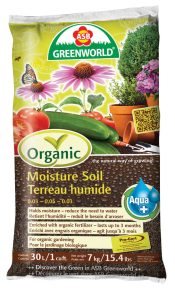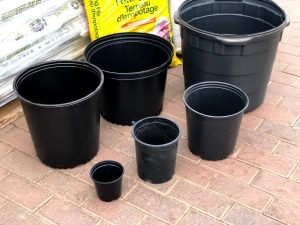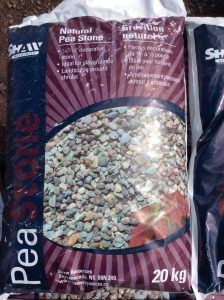Your plant may need to be repotted if there are roots coming through the hole in the bottom of the pot, or if you see more roots than soil when you slip the plant from the pot.
Repotting can benefit the health of your plant by giving it room to grow and allowing more air to get to the roots. Repotting may also prevent the plant from becoming root-bound or waterlogged. Actively growing houseplants may be repotted once a year.
Always check the care instructions for your plant because some plants, such as those that are winter flowering, are best repotted in the fall.
Tips for repotting:
- Choose a slightly larger pot and be sure it is clean. When you re-use a pot be sure to wash it well. Scrape off any mineral deposits, and soak it for at least 10 minutes in a solution of 1 part bleach to 9 parts water.
- Water the plant while still in the old pot.
- Prepare the new clean pot: Cover the drainage holes with a porous material such as a coffee filter. Add some stones or pebbles to aid drainage.
- Layer in the potting soil.
- Gently remove the plant; untangle the roots and remove any dead ones.
- Place the plant in its new pot and top up with potting soil.
This is a good time to do any pruning that may be required.
These articles provide more detailed tips on repotting:
Cleaning and Disinfecting Plant Containers




